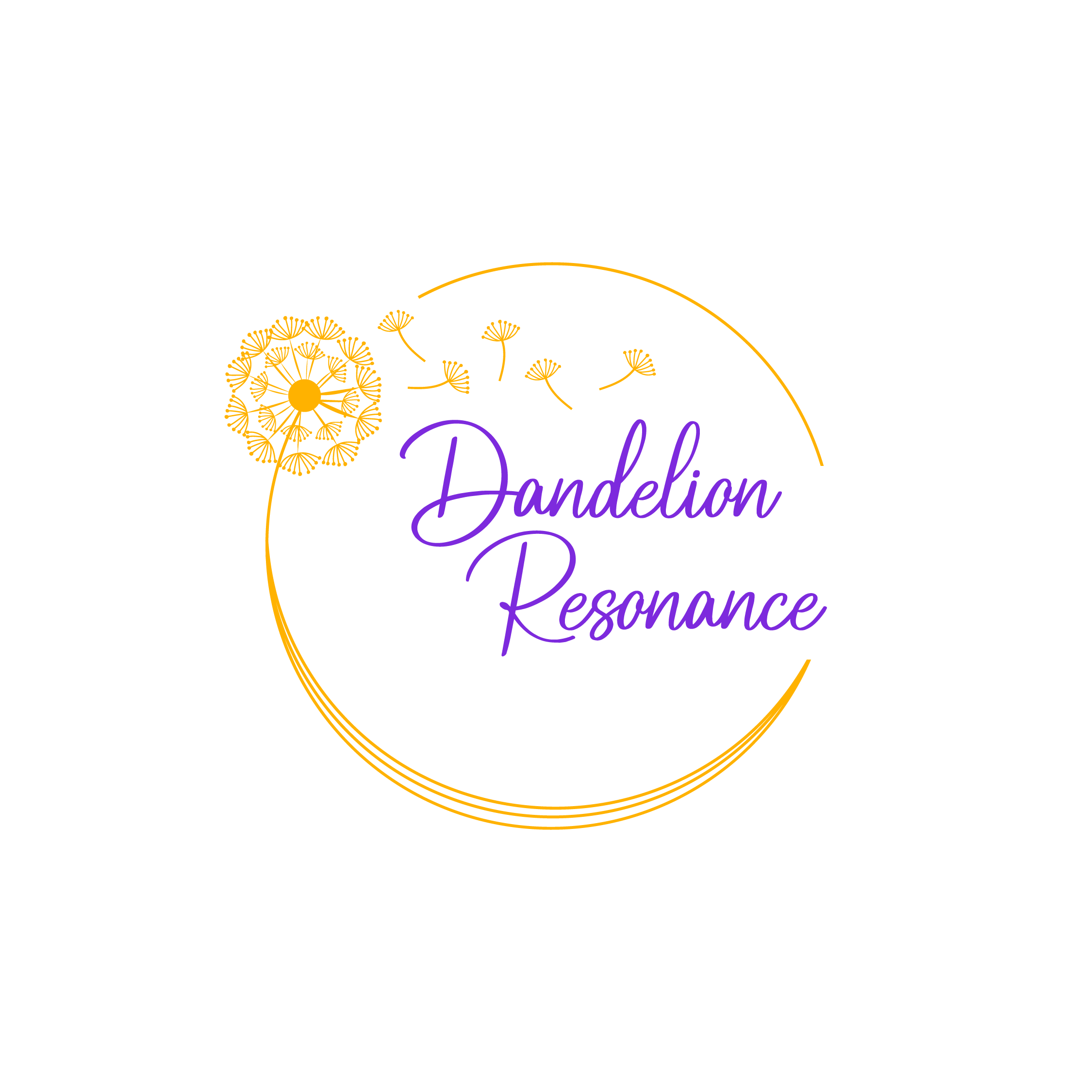Reiki Curious?
How does Reiki work, what are its benefits and what might you expect in a Reiki treatment session? Find answers to these, and many more frequently asked questions, below.
Reiki is available to anyone.
All you need is an open mind and an intent to heal.
What are the benefits of Reiki treatments?
The purpose of a Reiki treatment session is to support healing. The Reiki will flow to wherever the body draws it at that particular time. This might be a physical problem, an emotional imbalance, a busy mind or perhaps even a sense of lack of connection to life. No two Reiki experiences are the same.
In essence, wherever the Reiki is drawn, it serves to clear and enhance the existing energy flow, therefore restoring balance.
You might seek a Reiki treatment in response to a particular issue you are experiencing, but Reiki can also be used simply as a relaxation tool, for pure enjoyment.
Whichever is true for you, a Reiki treatment will always be rebalancing.
Will Reiki fix a specific problem?
Reiki is not a treatment for illness or disease. Reiki cannot cure sickness. Reiki is a complementary therapy in that it works alongside other medical and therapeutic techniques to support the relief of side effects, reduce pain and promote wellness.
How exactly does Reiki “work”?
There is a growing body of empirical evidence, including peer reviewed research, which indicates the practice of Reiki can help with a variety of physical and emotional problems, including sleep issues, stress, depression, anxiety, and pain.
But can we explain the ‘how’ of Reiki treatment and its effects?
Through a traditional ‘energy healing’ lens, there is an established theory around the energy of everything, our own energy centres, and the importance of those centres being clear and connected for our overall balance, wellbeing, and self healing. Reiki treatment helps achieve this.
Through an ‘evidence-based’ lens, in truth, science can’t explain the how of Reiki… yet. Various theories exist, including an explanation stemming from the human biofield – the electromagnetic field that permeates and surrounds every living being. According to this theory, the interaction between two human magnetic fields may explain the effects of touch therapies like Reiki.
What can I expect at a Reiki treatment session?
A Reiki treatment session will typically last between 45 and 60 minutes. Usually the person receiving the treatment will lie, fully clothed, on a therapy table but can also be seated if preferred. The practitioner may have relaxing music playing softly in the background, although if you prefer no music, that is completely fine. The practitioner will move quietly around you, placing their hands on or just above your body, including around your head, shoulders, abdomen, legs and feet. Usually, there is little talking during a session.
How will I "feel" during a treatment?
Every Reiki session is a unique experience, and your sensations may vary from one treatment to the next.
Most people feel a deep sense of relaxation, sometimes even entering a meditative state. You may drift into sleep, which is completely natural. Some experience warmth, coolness, tingling, or gentle twitches, while others notice their stomach gurgling as their body unwinds. Those who are sensitive to energy might feel strong sensations, often described as a flow of energy. And if you don’t feel anything in particular, that’s perfectly okay too.
It’s important to remember that these sensations are simply side effects of the session, not the healing itself. Reiki works whether you feel it or not. The best thing you can do is relax, release expectations, and trust that the energy will flow exactly where it’s needed most.
What should I wear to a session?
Comfortable, loose clothing is perfect. Think about what you might like to wear relaxing on the couch at home.
How often should I have a Reiki session?
This is a question I’m often asked — and like many things in life, there’s no one-size-fits-all answer. It really depends on what’s happening in your world.
Some people turn to Reiki during particularly challenging times — periods of stress, emotional upheaval, or while navigating illness or medical treatment. In these cases, a series of sessions (perhaps weekly or fortnightly for three sessions) can offer deep support and steadiness.
But Reiki isn’t only for when things feel hard. Regular sessions can help restore balance, build resilience, and support overall wellbeing — like tending to your inner landscape before it feels overgrown.
I encourage ongoing care, even if that means just two or three sessions a year. The change of seasons is a beautiful time to pause, reset, and reconnect with yourself — your own ‘Reiki fix.’
Is Reiki safe during pregnancy?
Reiki has no contraindications (a reason for a person not receiving a treatment because it may be harmful) and is regarded as a completely safe and gentle practice.
While Reiki’s effects vary from person to person, pregnant women who receive Reiki report report feeling more relaxed, balanced, and radiant after treatments. Reiki can also help you let go of any fears, anxieties, or negative feelings you may be experiencing during your pregnancy.
How do I find a Reiki practitioner?
The best way to find a Reiki practitioner is by referral from a friend, or you can contact a local professional association for practitioners, such as Reiki Australia. Professional associations have a set of standards and codes of ethics with which members must comply, including insurance.
Meagan Roberts
Reiki Practitioner
Practitioner Member, Reiki Australia
Get In Touch
Call or Text
Location
282 Willoughby Road
Naremburn NSW 2065
Hours
By appointment
